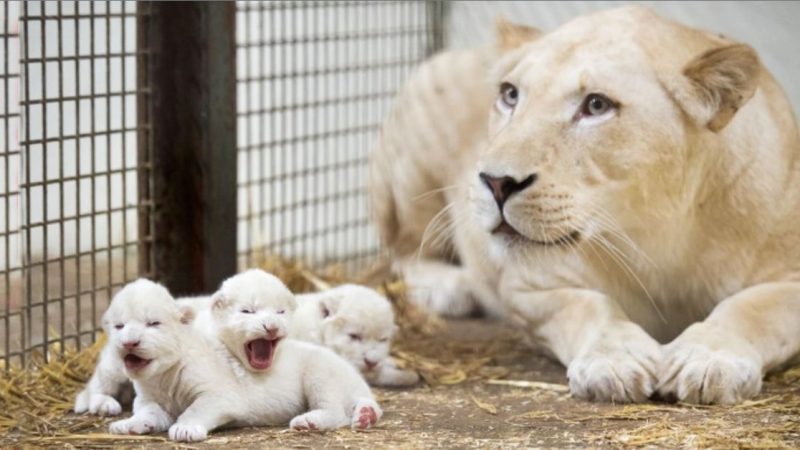
In the realm of avian wonders, the Olive-backed Sunbird emerges as a true gem, captivating hearts with its diminutive size and dazzling appearance. This tiny creature, measuring a mere 12 cm in length, holds a mesmerizing secret – an exquisite combination of blue and yellow hues that adorn its plumage.
Draped in elegance, the male Olive-backed Sunbird boasts a brilliant yellow belly that contrasts magnificently with its deep brown back. Yet, it is his forehead, throat, and upper breast that steal the spotlight, adorned with a regal metallic blue that shimmers in the light. An intriguing twist lies in the male’s arsenal, as he harbors apricot-colored feathers concealed from casual view. These hidden gems serve as his secret weapon, unveiled with flair when he seeks to capture the attention of potential mates.
Unveiling their culinary preferences, Olive-backed Sunbirds emerge as true omnivores. Their diet is a harmonious blend of nectar and invertebrates. The sweetness of nectar is drawn from flowering plants like Coconut and Papaya, while their appetite for protein leads them to hunt spiders, ants, and caterpillars, showcasing their versatile nature.
Remarkably, the Olive-backed Sunbird’s population maintains stability, devoid of significant threats or evidence of decline. This avian masterpiece continues to grace the world with its vibrant presence, a testament to the intricate tapestry of life that unfolds in the natural world. For those eager to witness the Olive-backed Sunbird in its vibrant glory, a glimpse into their world awaits in the captivating video below.












